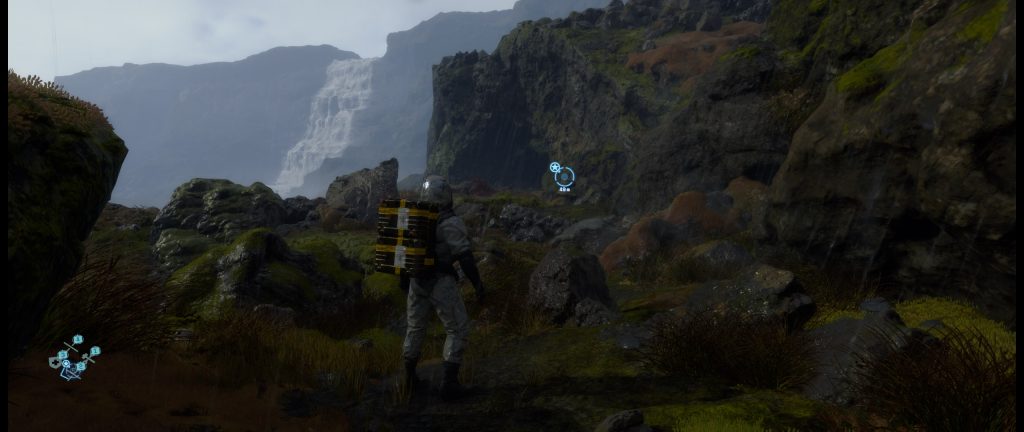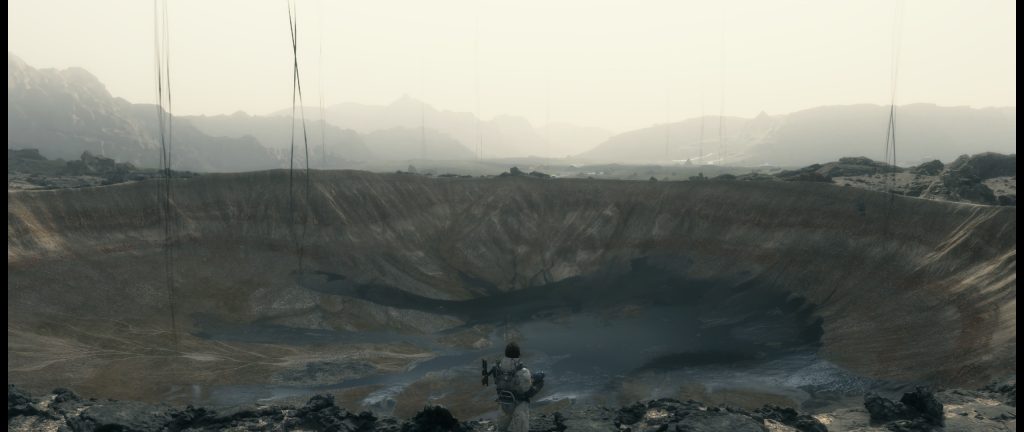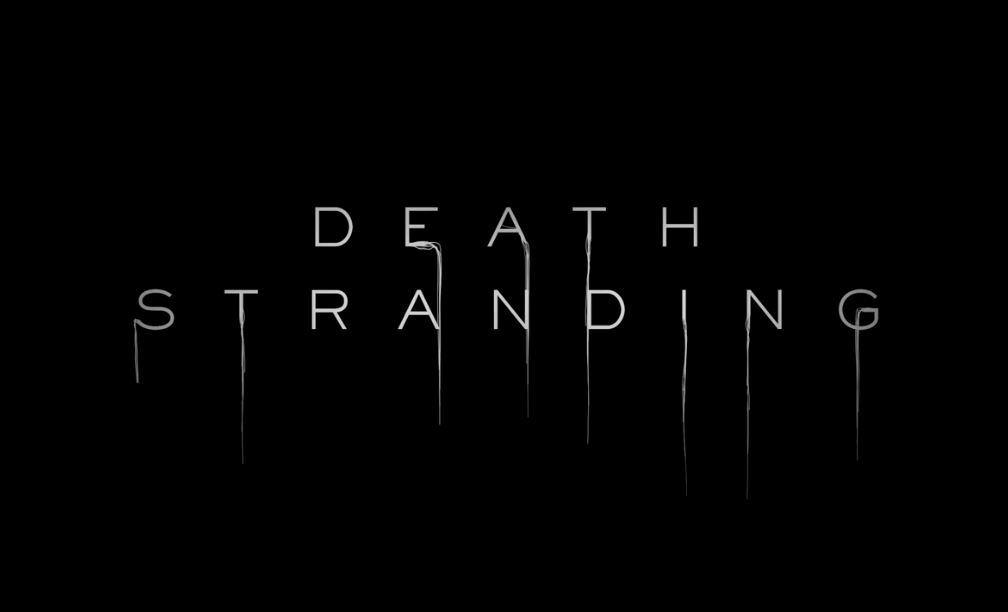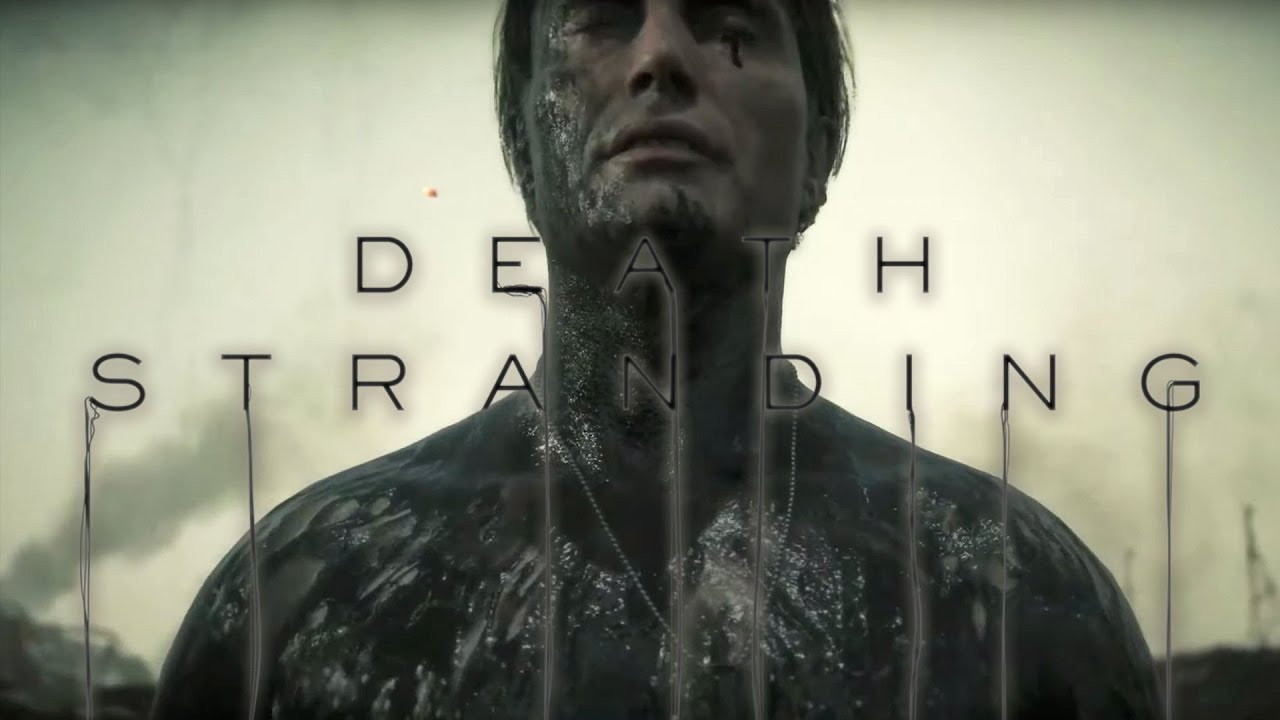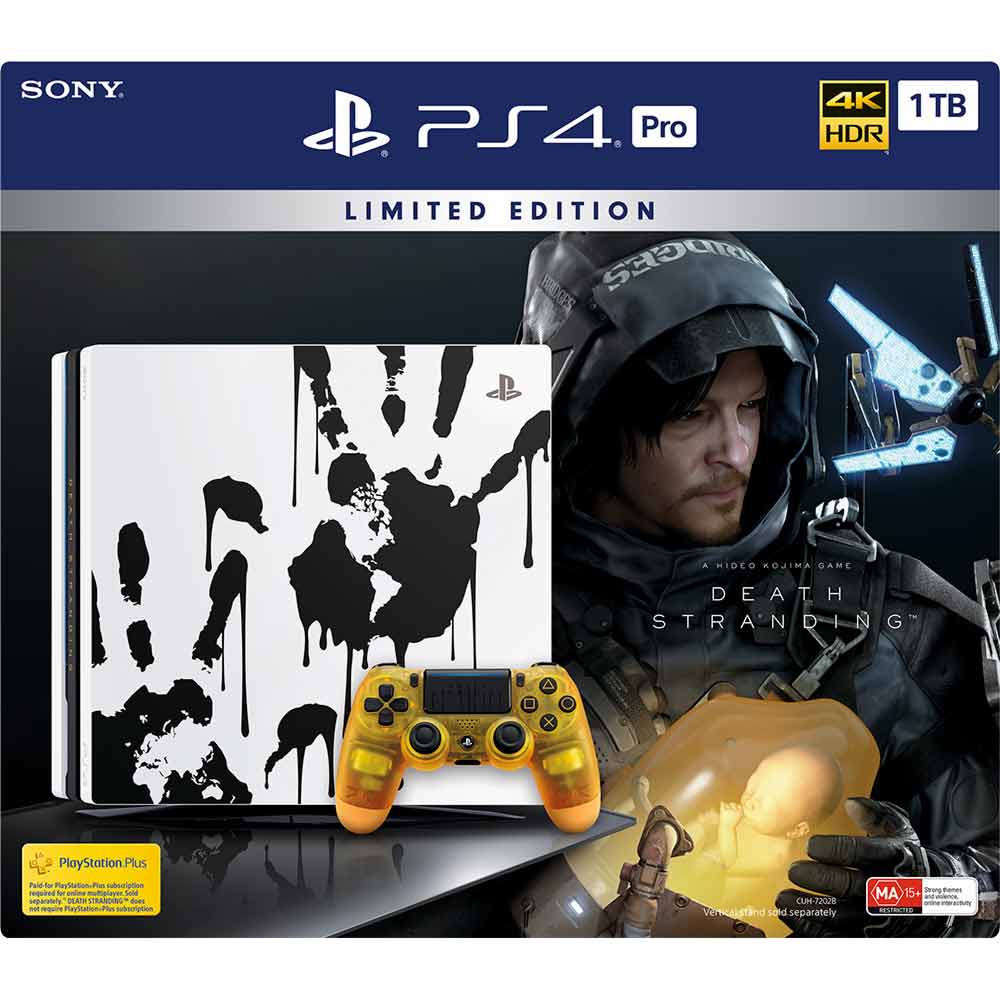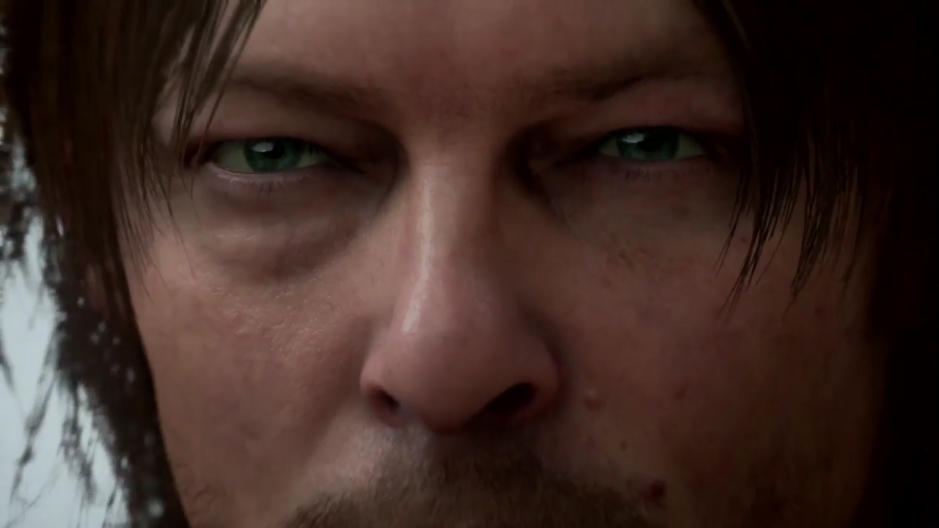
Half a year on from Death Stranding‘s initial release on PlayStation 4, I still find myself revisiting it. Moments from cutscenes, bits of the lore, although most commonly some of the amazing tracks from the score by Low Roar. As a cohesive, creative statement, it’s incredibly memorable, personal and an utterly unique story from Hideo Kojima, especially for something which was born out of the collapse of another project, the ill-fated Silent Hills. But, it’s not for everyone. While we reviewed Death Stranding positively in December, as did many others, there were many who couldn’t quite connect with its strange, other-worldly characters, or unique take on what a modern mega-budget game could actually play like. Now part of an increasing range of PS4-exclusives coming to PC, Death Stranding has a second chance to win over a new audience – but for those of us who crossed America with Sam Porter Bridges the first time, it’s still absolutely worth the replay.
It’s worth it if, for no other reason, than you can actually comprehend what’s going on in the game’s opening hours. Part of the initial lure and appeal of the game’s opening, and indeed its marketing and trailers, was the mysterious world in which Death Stranding takes place, and the unusual society that’s developed. People seem to speak in absolute nonsense in those first few hours, but a second playthrough makes you feel like Hoshi Sato from Star Trek Enterprise, just absolutely fluent in alien languages. “Why yes, of course his extinction factor is lower than hers, since she can use the Beach to teleport. In fact, the fact he has DOOMS means he’s the perfect candidate to transport this body before it goes necro and causes a voidout, yes please carry on” you say to yourself. While the game is intentionally obtuse, there is (mostly) a comprehensible logic behind everything that helps you to enjoy the game’s many (long) cutscenes in a new light.
If you’re new to Death Stranding, here’s the basic gist. Set in a post-apocalyptic future after an event called the ‘Death Stranding’, mankind finds itself isolated and divided, living in bunkers and underground cities. On the surface, the Earth has been slowly transformed into a primal, rocky yet beautiful landscape, where ‘timefall’ rain ages everything it touches, and invisible ghost-like creatures named BT’s roam. The fractured society that remains relies on couriers to physically deliver goods between encampments, which is where the protagonist, Sam Porter Bridges (played by Norman Reedus) comes in. Enlisted by ‘BRIDGES’, a collective trying to unite America with a government once again, Sam is asked to cross the country delivering packages to major settlements while setting up and spreading a souped-up next-gen version of the internet, which will allow humanity to finally re-connect.
Numerous other writers and outlets have already commented on the fact that Death Stranding is eerily reminiscent and prescient of the COVID-19 pandemic we now all find ourselves a part of. Kojima has a history of predicting the future, most famously in the lengthy diatribes from the Patriots in Metal Gear Solid 2, which warn of the dangers of an online world missing context, where every trivial detail or fact is treated as important as anything else. The game’s major themes are worn on its sleeve, but are all explored in interesting ways. At the start of the game, Kojima quotes an author about the first tools developed by man – the stick and the rope, one to keep others away, and the other to bring people closer. This desire to connect is represented in many ways throughout the game, from the chiral network, to the strands BT’s form, to the rope ‘strand’ Sam uses to subdue enemies. Sam himself has a phobia of connecting with others, to the point of refusing touch. It’s all pretty relevant to 2020.
Connecting with others is also what drives the gameplay. While people have derided Death Stranding for being a walking simulator that makes walking irritating, it’s kind of missing the point. Most of Death Stranding is spent traversing the alien, apocalyptic terrain, with varying delivery loads that can see Sam frequently caught off-balance, unless you make sure to keep him steady and watch your footing. The game takes what is the most basic element to most 3D action games – traversal – and expands on it to the point where it’s both an obstacle and the point of the entire game. As you progress, you’re able to spend resources earned and collected on structures – but these structures aren’t just available to you, but to all the people playing with you on your particular online server. While you can’t usually see or interact with other players beyond simple messages left behind, your structures persist, and your collective efforts help everyone. From building shelters from timefall, to bunkers to recuperate and even freeways and ziplines to bypass problematic areas of terrain – the point of Death Stranding becomes to work with other players to build a better world, and the satisfaction that comes from still feels pretty great.
As for the technicals on how Death Stranding runs on PC, it certainly looks beautiful, with support for ultrawide and DLSS for 4K. There’s also a range of PC-exclusive items and deliveries Sam can make, which tie into Valve’s Half Life series, and which even add a small section to the map that wasn’t present in the PS4 version. If you use a mouse and keyboard, the setup actually works surprisingly well, with the shoulder buttons of the DualShock 4 replaced by the left/right mouse buttons – essentially functioning as your feet, gripping firmer onto the terrain as you seek purchase. Occasionally you might get a small glitch, in the form of the terrain not loading in occasionally, but these have been pretty rare.
Death Stranding for many people might be just a little too sedate, or frustrating, which is a shame. There’s a point to its walking mechanics, there’s a point to its overly-obscure language and terminology, and when it pulls it all off, it creates such an unusual, surreal and yet kind-of heartwarming experience, that it’s hard to forget. That said, I’m still dubious over whether the Super Mario reference in the climax was warranted. On PC, Death Stranding has been ported very ably, and if you’ve spent some months away from the game on PS4 like I have, it’s an absolutely perfect opportunity to re-connect.
Rocket Chainsaw reviewed Death Stranding on PC from review code provided by the publisher.

